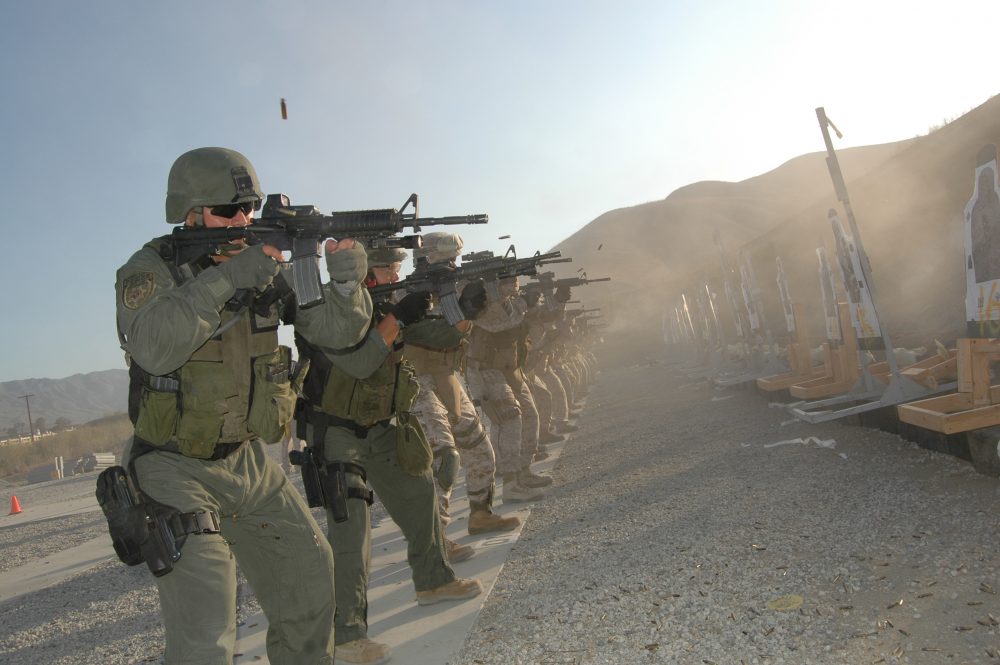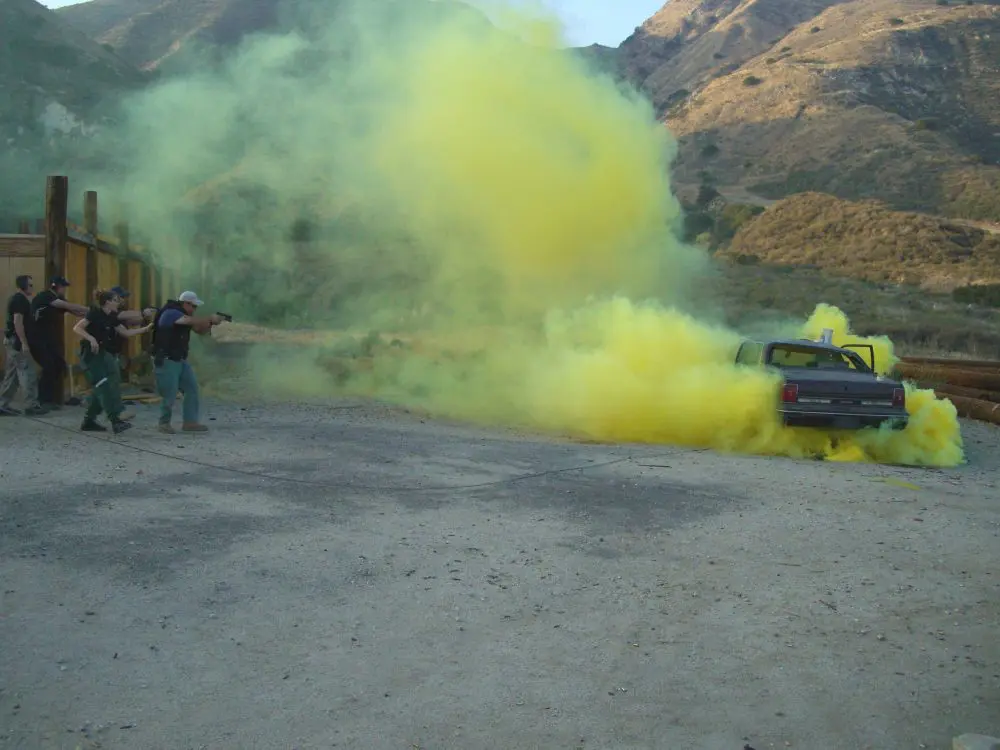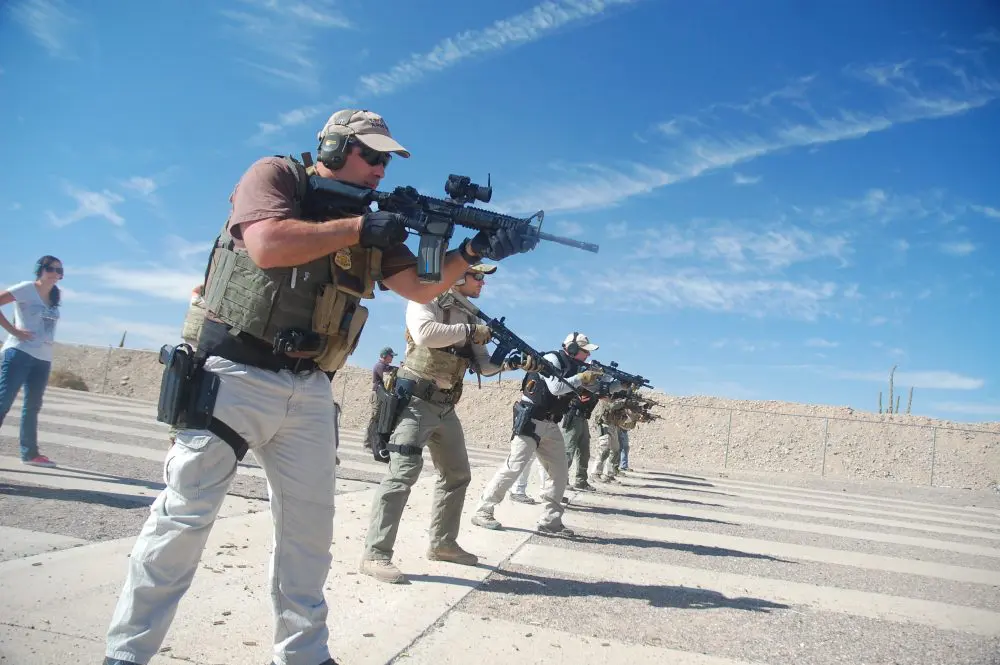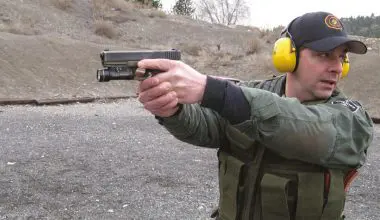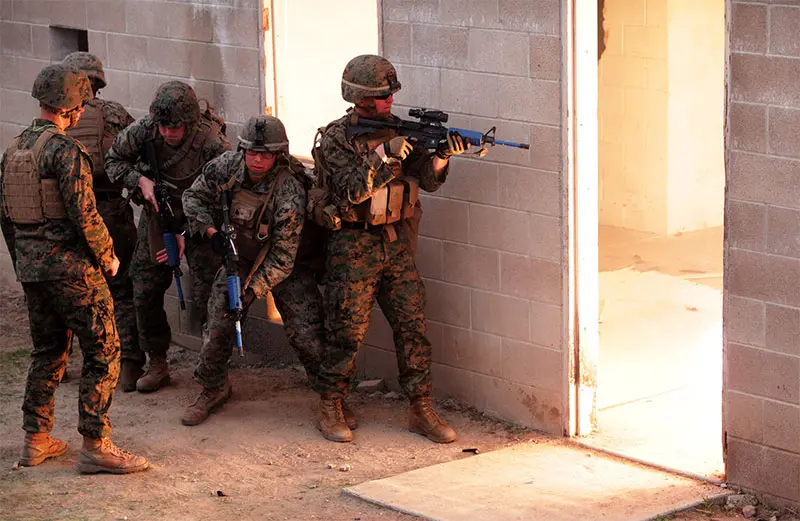Quality instruction demands significant time, discipline, preparation, practice, and dedication on the part of the instructor. Every bit of training requires planning to maximize its value and time efficiency. If you cannot commit the time and effort required to prepare, don’t allow yourself to be placed into a teaching role.
If you are willing to commit the time and resources to properly prepare to teach, instructors should be familiar with a number of concepts prior to developing training for adult students.
This article generally focuses on the development of a police instructor (based on the author’s experience in law enforcement), but most of it applies to anyone in a teaching role. It presumes the reader is preparing to teach individual classes rather than working from or creating curriculum for longer, more involved courses.
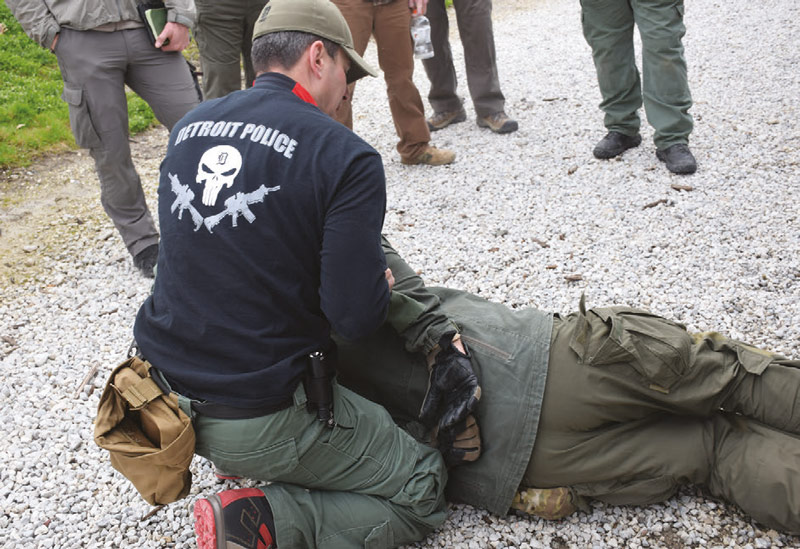
Table of Contents
PREPARATION
When conveying job-related information to law enforcement officers, you are more likely to gain their trust if you have two things: 1) depth of knowledge in the subject matter being taught and 2) sufficient qualifications to command their respect. Having one without the other is not enough.
For example, people would be rightly suspicious of a tactics instructor who only learned to shoot in the academy three years prior and had made few felony arrests before becoming part of the training cadre. On the other hand, a 20-year homicide detective known for courtroom success would fill a classroom if he were teaching the basics of investigation.
Qualifications to teach are developed over time as one gains experience in a particular discipline. Law enforcement students typically assess the teaching qualifications of an instructor based on his or her practical experience with the subject, time on the job, prior assignments, involvement in critical incidents, reputation, and, lastly, teaching experience.
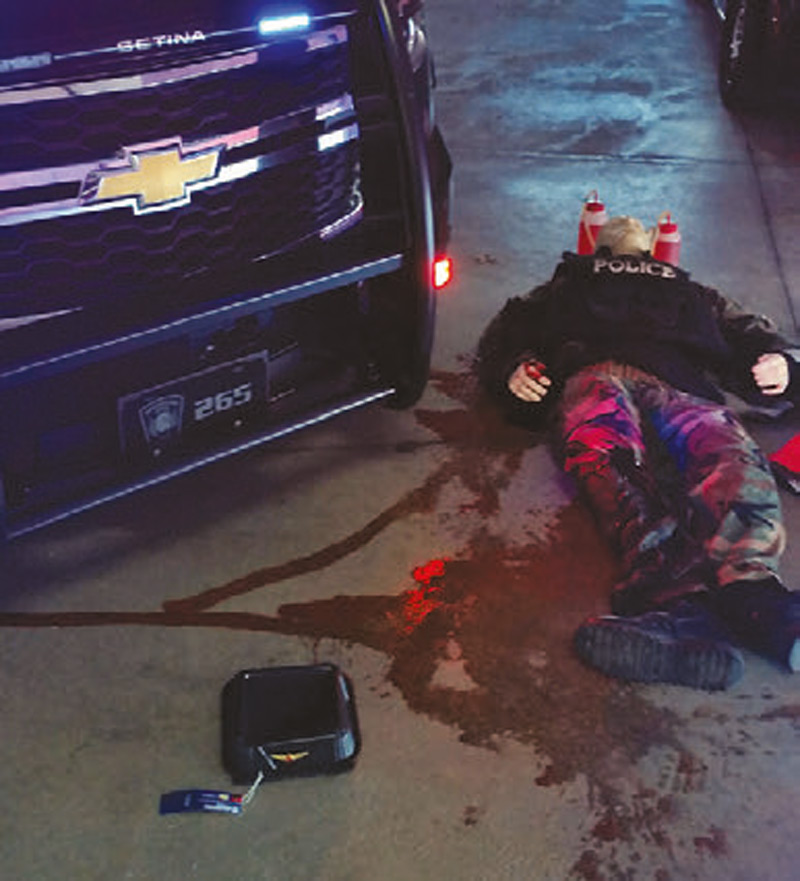
at developing life-saving skills.
KNOWLEDGE BASE
The knowledge base of an instructor, especially one who teaches on a recurring basis, cannot be deep enough. At the very least, it is the responsibility of any instructor to be familiar enough with the subject matter that they can answer reasonable questions about it. But it is not enough to know the how or what of a subject. What separates a true subject matter expert (SME) from an ordinary instructor is knowing the whys behind what should be done in a given situation.
Understanding and being able to relate the legal, scientific, ethical, policy, safety, historical, and cultural reasons why things must be done certain ways is tremendously helpful in engaging students and convincing them that the way being taught demands respect, if not compliance.
Being able to explain why applying handcuffs to hands in the small of a suspect’s back with the single strand toward the floor is a desirable method is what separates the SME from the run-of-the-mill instructor.
If you lack the time or resources to become an SME, all is not lost. You can always consult with one and develop your lessons in conjunction with him. If you cannot find an SME in your agency, ample experts are available in others. In my experience, larger agencies with full-time training staff are usually amenable to assisting other instructors.
No law enforcement discipline remains static, therefore the road toward becoming an SME is endless. As a result, quality instructors have a responsibility to their students to constantly expand their own knowledge. Law enforcement conferences, trade shows, outside research bodies (e.g., Force Science Institute), and discipline-specific commercial training courses are all good sources of information about subject matter relevant to law enforcement.
Self-study options to achieve awareness of trends in law enforcement include consultation with training staff from nearby agencies and review of websites and publications relevant to one’s discipline.
INITIAL PLANNING
Once you have a sufficient base of knowledge and experience, or are in contact with someone who does, you can begin planning your training session. The first and most important aspect of this is identifying the specific things that must be taught over one or more training sessions. No one likes an instructor who ignores the needs of his students and only teaches what is most convenient or easy for him.
Police training often has a definable end point. If your students must leave training with particular knowledge or skills, it is important to craft the training around those goals. Failing to properly tailor training is one of the biggest problems with ineffectual teachers, who may only have a vague idea what they should be showing students, and spend the majority of training time meandering around the subject without truly transferring knowledge.
Once you know what should be taught, dissect the subject matter by asking yourself the following questions:
- What are the major topics to be covered?
- What information must be conveyed?
- What skills must be taught?
- What are the components of each skill?
- Can each component be broken down into smaller concepts?
- How can you measure whether the concepts or skills are being mastered by the students?
- Are there supplemental materials that will help reinforce the lessons, such as videos, pictures, charts, slides, or handouts?
The next part of the planning stage includes familiarizing yourself with the background and experience of your students so you can tailor your lessons to them. This is a simple process but must be done far enough ahead of time so you can capitalize on the information.
Veteran instructors sometimes appear to be altering lessons on the fly after polling students about their experience level in class. But they can only accomplish this because they have repeatedly taught the same lesson to students at various performance levels. So what appears to be improvisation is typically just recitation of another lesson that has already been delivered successfully.
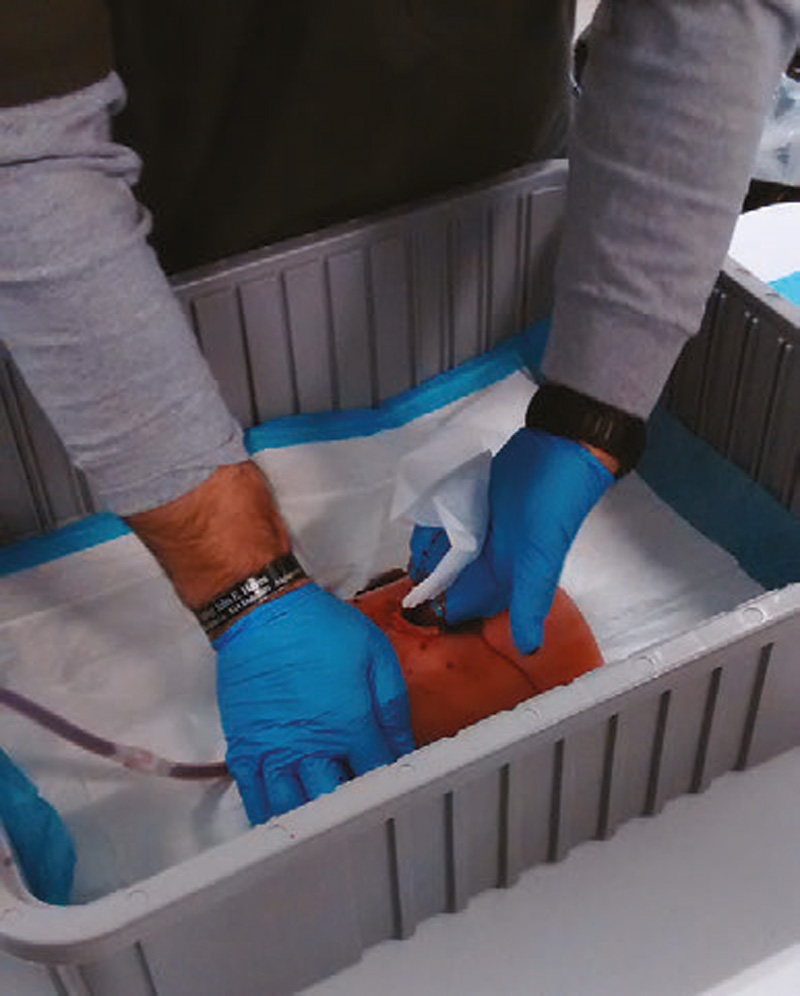
RESOURCES AND TRAINING AIDS
Once you know your subject and students, take an account of the resources available for instruction, including the facility, durable equipment, and consumable supplies. Make inquiries as to whether a traditional classroom will be available, how big it is, what furniture it contains, and whether it has sufficient creature comforts. All of these impact the type and duration of the lessons you are developing.
If you are teaching firearms at an unfamiliar range in the middle of the summer, you need to know not only how many shooting bays are available, but also whether restroom and hydration accommodations are in place. Visiting the facility during the planning phase conveys far more information than consulting pictures on a website or asking someone about it.
After you have secured a sufficient location to teach, ascertain what physical training aids you may need (e.g., targets, training tourniquets, patrol guides, red man suits) and whether you must bring them or if they will be made available to you. If you are responsible for bringing them, take into account transportation and storage of the items before and after class.
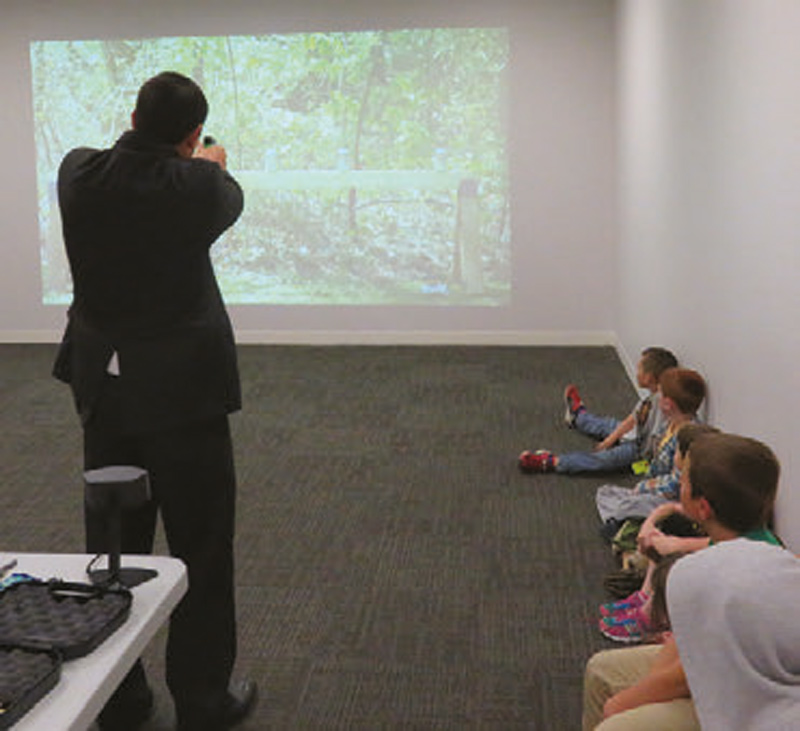
LESSON PLANNING
Failure to plan is the hallmark of a weak instructor. Lesson planning is a critical part of successful training. Expect to spend at least twice as much time preparing a lesson as it will take to deliver. Once a plan has been created, it may be used over and over with only minor updates and improvements.
Your goal in lesson planning is to make your lessons practical and usable in the intended environment. Reinforce the most important concepts without being redundant.
Begin by sketching out a reverse timeline for your entire lesson. Identify the last, most complicated information or technique you wish to teach or measure, the one that integrates all the others, and work backward, laying out all the component skills or information required to succeed at the final test, whatever that may be.
STEP BY STEP
The next phase is the core of lesson planning: selecting smaller teachable elements or drills that present the information necessary or reinforce the skills needed to achieve the training goal. If you are training novice students in clearing houses, your goal would be conveying all the component skills required to conduct safe clears.
Obviously, you cannot take students from nothing to close-quarters battle in one simple step. There are a number of component skills that must be mastered to complete the main task. These include how to:
- Approach a house tactically.
- Breach doors.
- Make entry into various room configurations.
- Identify and process danger areas.
- Move from room to room.
- Confront threats.
- Communicate progress with teammates.
Once the individual components of your training goal are identified, you can design lessons around teaching them sequentially. As the students absorb those lessons, consider conducting drills that integrate the component skills one by one until the overall training goal is met.
As you are working your way through the planning process, develop handouts or slides to work in conjunction with the information being presented. The internet is rich in readily available multimedia with respect to most police topics. Relevant news articles, pictures, and videos delivered at the right time during a presentation underscore the points you are trying to make while holding your students’ attention longer than lecturing alone.
INCORPORATING TESTS
Don’t feel compelled to reinvent the wheel for every training you are tasked with delivering. Seek out lesson plans used by others in similar circumstances to make sure you: 1) don’t waste time doing unnecessary work and 2) include the major points of the subject matter being taught.
Incorporate realistic tests to assess students’ grasp of the lessons. For example, in firearms instruction where the objective is to improve accuracy, beginning and ending with a course of fire that measures accuracy, such as bullseye shooting, is a valid means to judge students’ progress.
In a more information-centric lesson, a quiz administered toward the end of class provides useful feedback on whether your students are absorbing that information.
Once your draft lesson plan is complete, practice presenting the information to identify problems with your delivery and cement the lesson in your own brain. Rehearsal also helps avoid overscheduling training time. Presenting information in front of an audience always takes more time than it might seem on paper.
EXECUTION
Prior to class, ensure you have sufficient time to set up your classroom and teaching aids, as well as briefing any assistant instructors. Assistants must be aware of the material being taught and the manner in which you will teach it.
Once class begins, if necessary, briefly introduce yourself to students you are unfamiliar with. Presenting your name, title (or rank), agency, and experience in the field you are teaching is enough background information for most police training.
Follow your personal introduction with an introduction to the subject matter being taught. Try to relate the material to the students as soon as possible. People will be more engaged in the subject matter if they understand how the skills or information to be conveyed will affect their everyday lives.
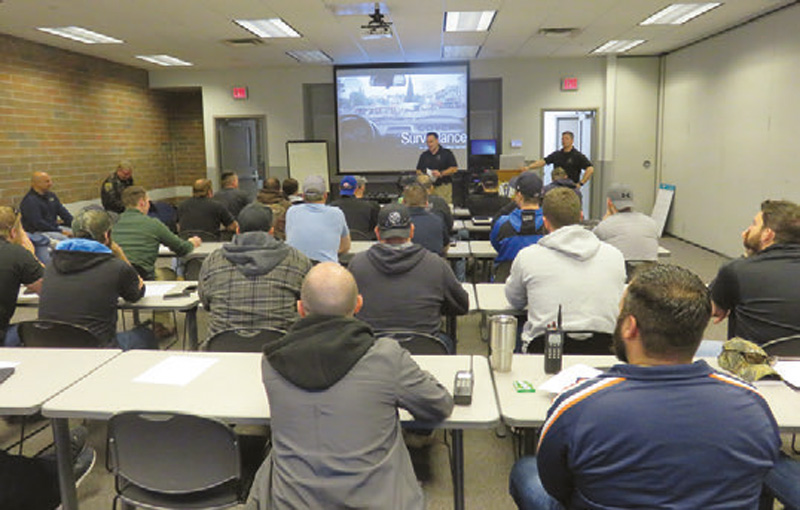
VISUAL AIDS
If there is a substantial amount of information that must be presented to students, you have to conduct a formal lecture session. It is far better to lecture in conjunction with PowerPoint slides or less technical presentation aids (such as a dry-erase board or easel and poster board) to highlight core concepts of your teaching. PowerPoint also makes it possible to integrate pictures and videos to make your lessons more dynamic and keep your students entertained as they learn.
As you lecture, avoid excessive theory, jargon, acronyms, and war stories. These tend to bore students or break their attention from the main subject matter. If you are telling stories, they should relate to the topic at hand and not be tangents, however funny they might be. Going off on tangents wastes everyone’s precious training time.
Lecture, PowerPoint slides and videos will take you only so far. Most people learn best by watching someone else do what they are being asked to do, with the opportunity to ask questions along the way. Therefore, demonstrate the skills you wish your students to learn.
While conducting demonstrations, provide examples of both correct and incorrect application of the skills taught, as well as the reasoning behind why one method is correct and the other less desirable.
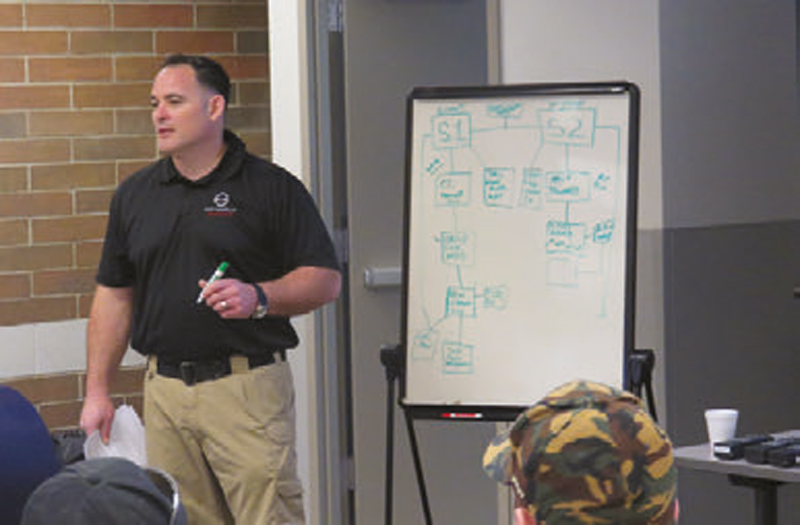
TEACH-BACKS AND MISTAKES
In the case of repeat and more advanced classes, it can be beneficial to involve the students in their own learning. Students can be asked to conduct “teach backs” of practical skills already presented to the group by an instructor. That is, students instruct one another on the application of a particular skill after having learned it themselves. This is sometimes referred to as “see one, do one, teach one.”
If you are demonstrating difficult skills, such as firearms drills, don’t be afraid to make mistakes in front of your students. It will convey that you are human, and that perfection is not required for success. In contrast, teachers who maintain a “do as I say, not as I do” attitude or refuse to conduct demonstrations out of fear of public failure breed doubt in their students.
Correct mistakes, whether yours or students’, as soon as reasonably practical. Memory is fleeting, especially when it involves acknowledging one’s own mistakes, so providing correction long after the fact doesn’t help anyone. Correspondingly, complement good decision-making or skills demonstration as they occur. Positive reinforcement builds confidence and motivates students to perform longer and under greater stress.
If your class is a review, or students are otherwise close to achieving mastery of the subject matter, consider incorporating friendly competitions. Bragging rights are a decent prize, but a small token usually inspires better performance. If your agency doesn’t have desirable “swag,” I find that those in charge of purchasing frequently end up with a lot of freebies from police supply companies that they are willing to part with, such as key chains, flashlights, patches, knives, etc.
COMPETITION AND WHAT NOT TO DO
In the case of firearms training, I find that announcing an impending friendly competition and the prize at stake approximately halfway through class can refocus those students whose attention is starting to wander.
As you proceed through your training day, don’t forget to incorporate regular water and bathroom breaks. Likewise, solicit student questions frequently. I find that having students hold questions until the end of a lesson is only convenient for the instructor. It is better for students to have regular opportunities to satisfy curiosities as they arise.
While the following teaching “don’ts” should be obvious, their prevalence in typical instruction bears mention as things to avoid:
- Swearing.
- Insulting students’ performance.
- Rushing through material to finish on time.
- Providing more information than students can process.
- Disappearing physically or mentally during periods of independent study.
- Answering phone calls, emails or text messages outside of designated break times.
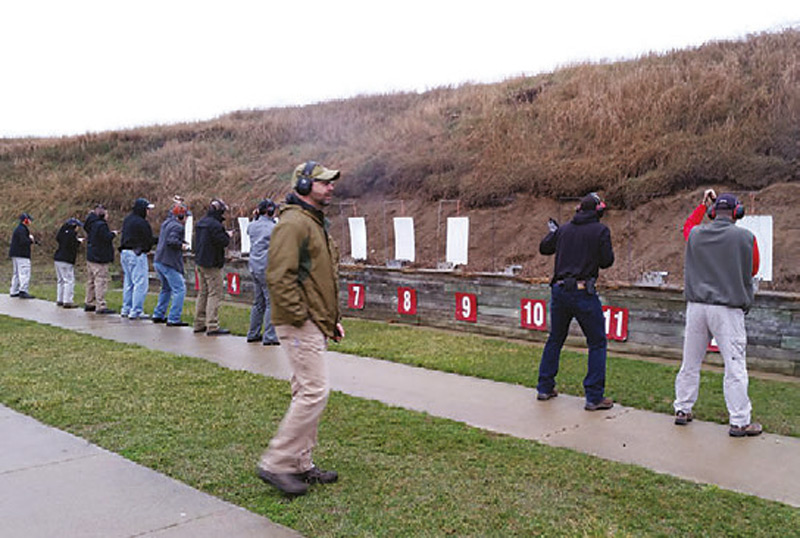
AFTER ACTION
If possible toward the end of a class, solicit student opinions on whether the information presented and its delivery were helpful.
The “gold standard” method for class evaluations is anonymous written assessments. But simply taking the time to ask your students (after class) whether the session was beneficial, and how it could be improved, allows you to learn from your students as they did from you. This is especially valuable if you teach on a regular basis.
If you do have time for written evaluations, avoid asking students to rank aspects of the class on a numerical scale. This is pointless, as it is too easy for the evaluators to circle numbers without explaining their reasoning.
It is far more helpful to ask students to answer specific questions, like “What was the most/least important part of class?” and “How could the class be improved?” That way, you only solicit feedback containing useful information.
Be aware that the tone of student evaluations can directly correlate with the popularity of the subject matter being taught and whether attendance at the class was voluntary. Instructors shouldn’t be surprised to receive positive reviews from classes full of students who independently chose to learn about a topic they like.
Similarly, those who teach classes containing captive students hostile to its subject matter should be prepared for reviews that don’t necessarily reflect the quality of their instruction. In such cases, it may be preferable to have another capable instructor peer evaluate your performance.
As a final step in instruction, teachers should self-evaluate. If possible, do this shortly after class completion, when its positives and negatives are still fresh in the mind.
Make notes on the permanent copy of your original lesson plan (for later review) on topics that should be added or deleted, the pace of the class, improvements to teaching aids, answers to commonly asked questions, and any other pertinent observations. Review your student evaluations and incorporate their comments in your notes to refine your lesson content and teaching style.
CONCLUSION
Teaching is part academic discipline and part craft. While background in the subject matter and preparation are certainly important components of success as an educator, there is a human element that can make an otherwise dull class entertaining.
While you grow as a subject matter expert, dedicate some effort toward getting more comfortable delivering lessons in front of a group of critical adults. As you develop a classroom personality, your students will be more engaged and you will be able to communicate more effectively.
